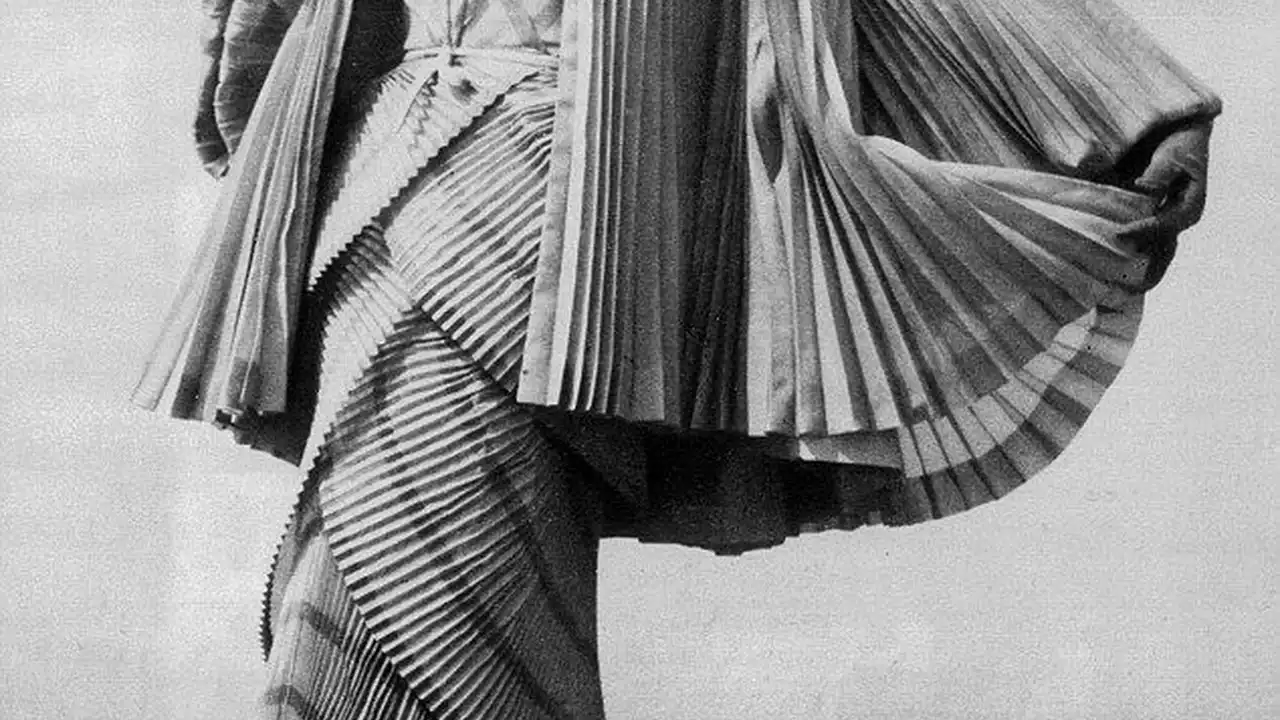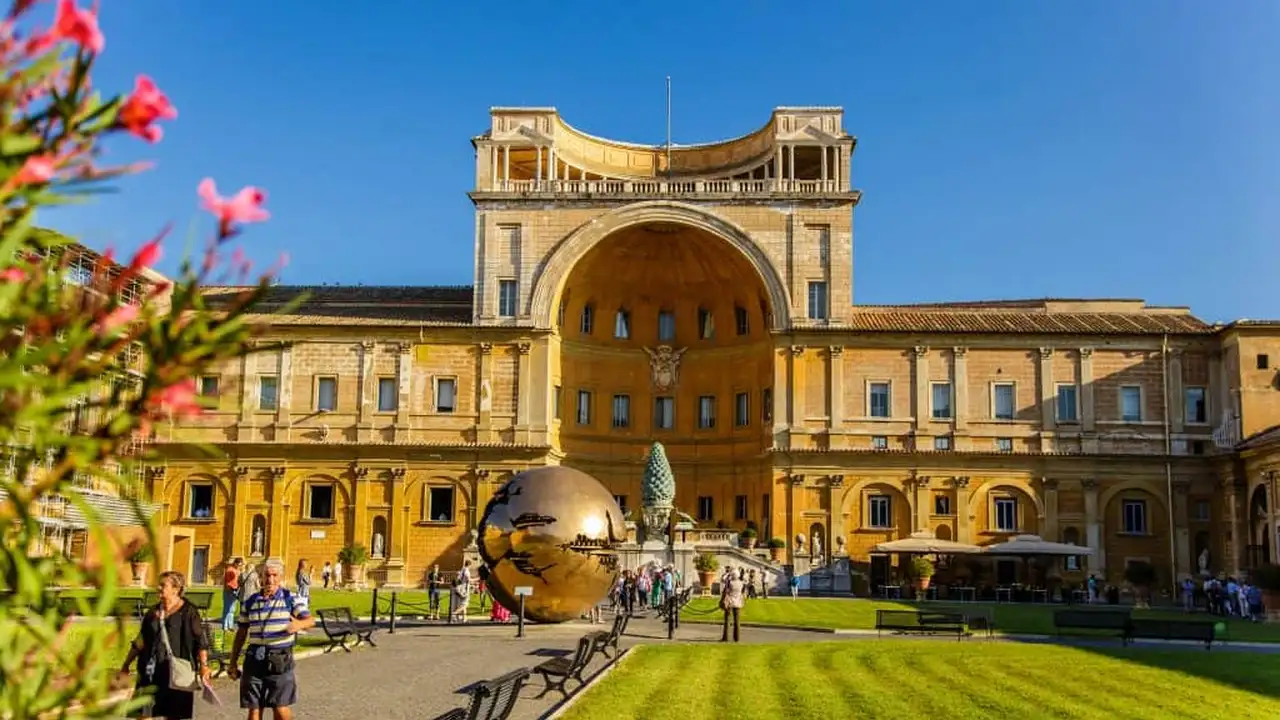Italian Fashion: A History of Style and Innovation

Explore the history of Italian fashion Learn about iconic designers, trends, and innovations Discover the elegance and style of Italian fashion
The Birth of Italian Style Fashion History Italy
Okay, let's dive into the fabulous world of Italian fashion! It's not just about clothes; it's about a whole culture, a way of life. We're talking about a history that's as rich and complex as a perfectly aged balsamic vinegar. So, how did Italy become *the* fashion powerhouse? It's a story of craftsmanship, creativity, and a whole lot of swagger.
The roots go way back. Think Renaissance. Italy was a hub for art, culture, and innovation. Wealthy families like the Medici were patrons of the arts, commissioning incredible works and setting trends that spread like wildfire. These trends weren't limited to paintings and sculptures; they influenced clothing styles as well. Elaborate fabrics, intricate embroidery, and bold colors became hallmarks of Italian fashion.
Fast forward a few centuries, and Italy's textile industry began to flourish. Regions like Tuscany and Lombardy became known for their high-quality fabrics, attracting skilled artisans and designers. This combination of artistry and industry laid the foundation for the modern Italian fashion scene.
But it wasn't until after World War II that Italian fashion truly exploded onto the world stage. With much of Europe in ruins, Italy seized the opportunity to showcase its creativity and craftsmanship. Florence became the epicenter of this fashion revolution, hosting groundbreaking fashion shows that captivated the world.
Iconic Italian Designers Shaping Global Fashion Trends
Let's talk about the legends, the names that have become synonymous with Italian style. These designers didn't just create clothes; they created empires.
- Gucci: Founded in Florence in 1921, Gucci started as a leather goods company. The iconic double-G logo and the use of bamboo handles on handbags quickly became status symbols. Gucci's designs are known for their bold, glamorous aesthetic and their ability to blend tradition with innovation.
- Versace: Gianni Versace burst onto the scene in the 1970s with his daring, flamboyant designs. His use of bright colors, bold prints, and provocative silhouettes challenged the status quo and attracted a celebrity following. Versace's designs are all about confidence and self-expression.
- Prada: Miuccia Prada took over her family's leather goods company in the 1970s and transformed it into a global fashion powerhouse. Prada's designs are known for their intellectual, minimalist aesthetic and their use of unconventional materials. Prada is the brand for those who appreciate understated elegance and cutting-edge design.
- Armani: Giorgio Armani revolutionized menswear with his relaxed, unstructured suits. His designs are known for their clean lines, sophisticated color palettes, and impeccable tailoring. Armani's designs are all about timeless elegance and effortless style.
- Dolce & Gabbana: Domenico Dolce and Stefano Gabbana brought a touch of Sicilian drama to the fashion world. Their designs are known for their opulent embellishments, sensual silhouettes, and vibrant prints. Dolce & Gabbana's designs are all about celebrating Italian heritage and embracing femininity.
Italian Fashion Trends Through the Decades Style Evolution
Italian fashion hasn't stood still. It's constantly evolving, reflecting the changing times and pushing boundaries. Let's take a quick trip through the decades:
- 1950s: The post-war era saw a resurgence of glamour. Think full skirts, cinched waists, and elegant evening gowns. Italian designers embraced femininity and created clothes that celebrated the female form.
- 1960s: The youthquake hit, and Italian fashion responded with bold colors, mini skirts, and playful prints. Designers like Emilio Pucci experimented with psychedelic patterns and created clothes that were fun and liberated.
- 1970s: The disco era brought with it a love for sequins, bell-bottoms, and platform shoes. Italian designers embraced the glam rock aesthetic and created clothes that were flamboyant and attention-grabbing.
- 1980s: Power dressing was the name of the game. Think oversized blazers, shoulder pads, and bold accessories. Italian designers created clothes that were confident, assertive, and unapologetically glamorous.
- 1990s: Minimalism took hold, and Italian fashion responded with clean lines, neutral colors, and understated elegance. Designers like Prada led the way with their intellectual, minimalist aesthetic.
- 2000s: A mix of influences emerged, from streetwear to high fashion. Italian designers embraced eclecticism and created clothes that were both stylish and comfortable.
- 2010s - Present: Sustainability and inclusivity are becoming increasingly important. Italian designers are experimenting with eco-friendly materials and creating clothes that are accessible to a wider range of body types.
Italian Leather Goods Luxury Handbags and Shoes
Italian leather goods are legendary. We're talking about craftsmanship that's been passed down through generations, using the finest materials and employing meticulous techniques.
Handbags: From Gucci's iconic Jackie bag to Prada's nylon backpacks, Italian handbags are coveted around the world. The attention to detail, the quality of the leather, and the timeless designs make them worth the investment.
Shoes: Italian shoes are known for their comfort, style, and durability. From Ferragamo's elegant pumps to Tod's classic loafers, Italian shoemakers have a reputation for creating footwear that is both beautiful and functional.
The Influence of Italian Tailoring Menswear and Women's Suits
Italian tailoring is in a league of its own. It's all about the fit, the fabric, and the construction. Whether it's a perfectly tailored suit or a beautifully draped dress, Italian tailoring is designed to flatter the body and exude confidence.
Menswear: Italian suits are known for their relaxed, unstructured silhouette. The shoulders are soft, the lapels are wide, and the overall look is effortless and sophisticated.
Womenswear: Italian tailoring for women is all about creating a flattering silhouette. Whether it's a tailored jacket or a pencil skirt, Italian designers use their expertise to create clothes that enhance the female form.
Italian Jewelry and Accessories Adding the Finishing Touches
No Italian outfit is complete without the right accessories. From bold statement necklaces to delicate silk scarves, Italian accessories are designed to add the finishing touches to any look.
Jewelry: Italian jewelry is known for its craftsmanship and its use of precious metals and gemstones. From Bulgari's iconic Serpenti collection to Pomellato's colorful designs, Italian jewelers create pieces that are both timeless and modern.
Scarves: Italian silk scarves are a classic accessory that can add a touch of elegance to any outfit. From Gucci's floral prints to Hermès' iconic designs, Italian scarves are coveted around the world.
Specific Product Recommendations and Comparisons
Alright, let's get down to some specifics! Here are a few Italian fashion products that I think are worth checking out, along with some comparisons to help you make the right choice:
Gucci Loafers: A Classic Choice
Product: Gucci Princetown Leather Slipper
Description: These iconic loafers are a staple in any fashion-conscious wardrobe. Made from supple Italian leather and featuring the signature Gucci horsebit detail, they're both comfortable and stylish.
Use Case: Perfect for adding a touch of sophistication to a casual outfit or for dressing up a more formal look. Wear them with jeans, chinos, or even a dress.
Comparison:
- Gucci vs. Tod's Loafers: Gucci loafers are more fashion-forward and statement-making, while Tod's loafers are more classic and understated. Gucci is better for making a statement, Tod's are better for everyday wear.
- Leather vs. Suede: Leather loafers are more durable and easier to clean, while suede loafers are softer and more luxurious. Leather is more practical, suede is more luxurious.
Price: Approximately $850
Prada Nylon Backpack: Functional and Stylish
Product: Prada Tessuto Nylon Backpack
Description: This iconic backpack is a must-have for anyone who values both style and functionality. Made from durable nylon and featuring the signature Prada logo, it's perfect for carrying your essentials in style.
Use Case: Ideal for travel, everyday errands, or even a stylish alternative to a handbag.
Comparison:
- Prada vs. Fjallraven Kanken: Prada is a high-fashion statement, while Kanken is a practical, everyday choice. Prada is more expensive and stylish, Kanken is more affordable and functional.
- Nylon vs. Leather: Nylon is more lightweight and water-resistant, while leather is more luxurious and durable. Nylon is better for practicality, leather is better for luxury.
Price: Approximately $1,900
Armani Suit: Timeless Elegance
Product: Giorgio Armani Navy Wool Suit
Description: A classic navy wool suit from Giorgio Armani is an investment piece that will last a lifetime. Known for their impeccable tailoring and relaxed silhouette, Armani suits are the epitome of timeless elegance.
Use Case: Perfect for business meetings, formal events, or any occasion where you want to make a sophisticated impression.
Comparison:
- Armani vs. Canali: Armani suits are more relaxed and unstructured, while Canali suits are more tailored and structured. Armani is better for a softer look, Canali is better for a more defined silhouette.
- Wool vs. Linen: Wool suits are more versatile and can be worn year-round, while linen suits are more breathable and ideal for warm weather. Wool is more versatile, linen is better for summer.
Price: Approximately $4,000
Dolce & Gabbana Silk Scarf: A Touch of Sicilian Drama
Product: Dolce & Gabbana Floral Print Silk Scarf
Description: A Dolce & Gabbana silk scarf is a statement piece that will add a touch of Sicilian drama to any outfit. Featuring vibrant floral prints and luxurious silk, these scarves are perfect for adding a pop of color and personality.
Use Case: Wear it around your neck, tie it to your handbag, or even use it as a headscarf.
Comparison:
- Dolce & Gabbana vs. Hermès: Dolce & Gabbana scarves are more bold and colorful, while Hermès scarves are more classic and understated. Dolce & Gabbana is better for making a statement, Hermès is better for timeless elegance.
- Silk vs. Cotton: Silk scarves are more luxurious and delicate, while cotton scarves are more durable and casual. Silk is better for special occasions, cotton is better for everyday wear.
Price: Approximately $500
The Future of Italian Fashion Sustainability and Innovation
Italian fashion is facing the same challenges as the rest of the industry: sustainability, inclusivity, and the need to adapt to a rapidly changing world. But Italian designers are known for their creativity and innovation, and they're already finding new ways to address these challenges.
Sustainability: Many Italian designers are experimenting with eco-friendly materials, such as recycled fabrics and organic cotton. They're also working to reduce waste and improve their supply chain practices.
Inclusivity: Italian designers are also becoming more inclusive, creating clothes that are accessible to a wider range of body types and cultural backgrounds.
The future of Italian fashion is bright. With its rich history, its commitment to craftsmanship, and its willingness to embrace innovation, Italian fashion is sure to remain a global powerhouse for years to come. So, go ahead, embrace the Italian style, and add a touch of *la dolce vita* to your wardrobe!
:max_bytes(150000):strip_icc()/277019-baked-pork-chops-with-cream-of-mushroom-soup-DDMFS-beauty-4x3-BG-7505-5762b731cf30447d9cbbbbbf387beafa.jpg)






